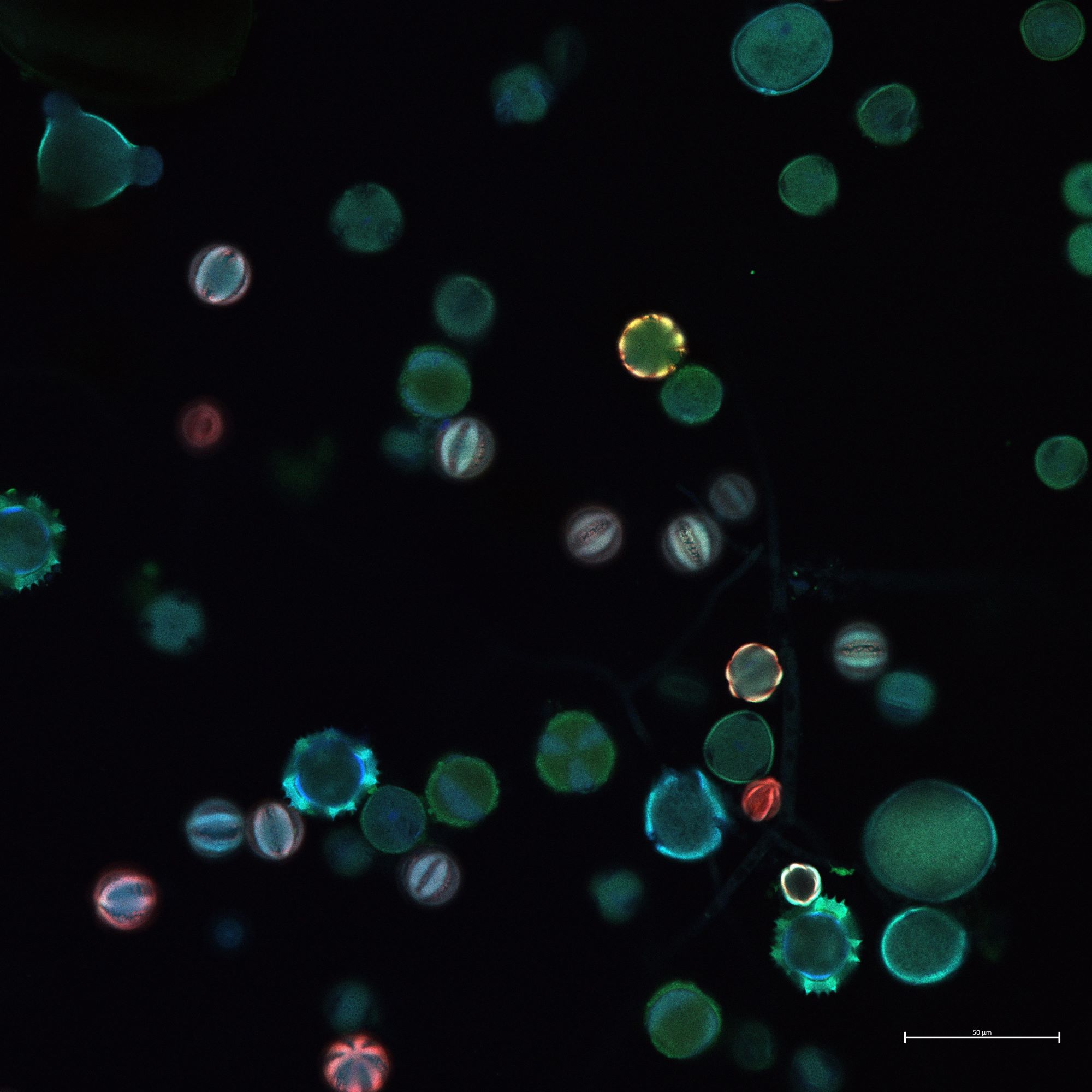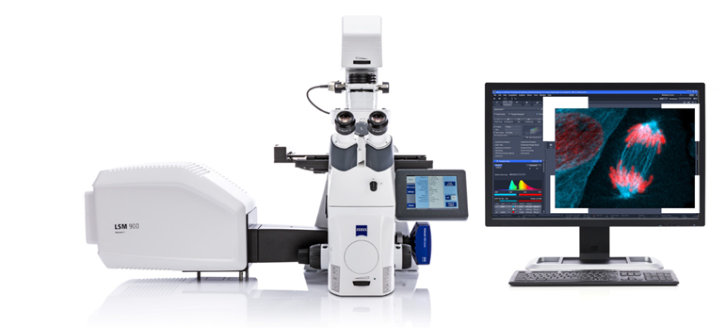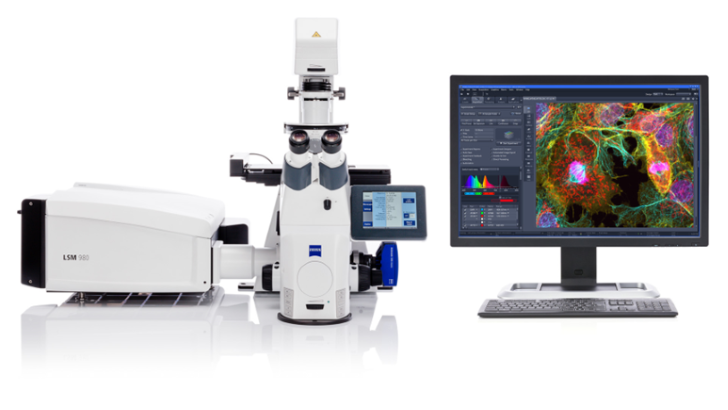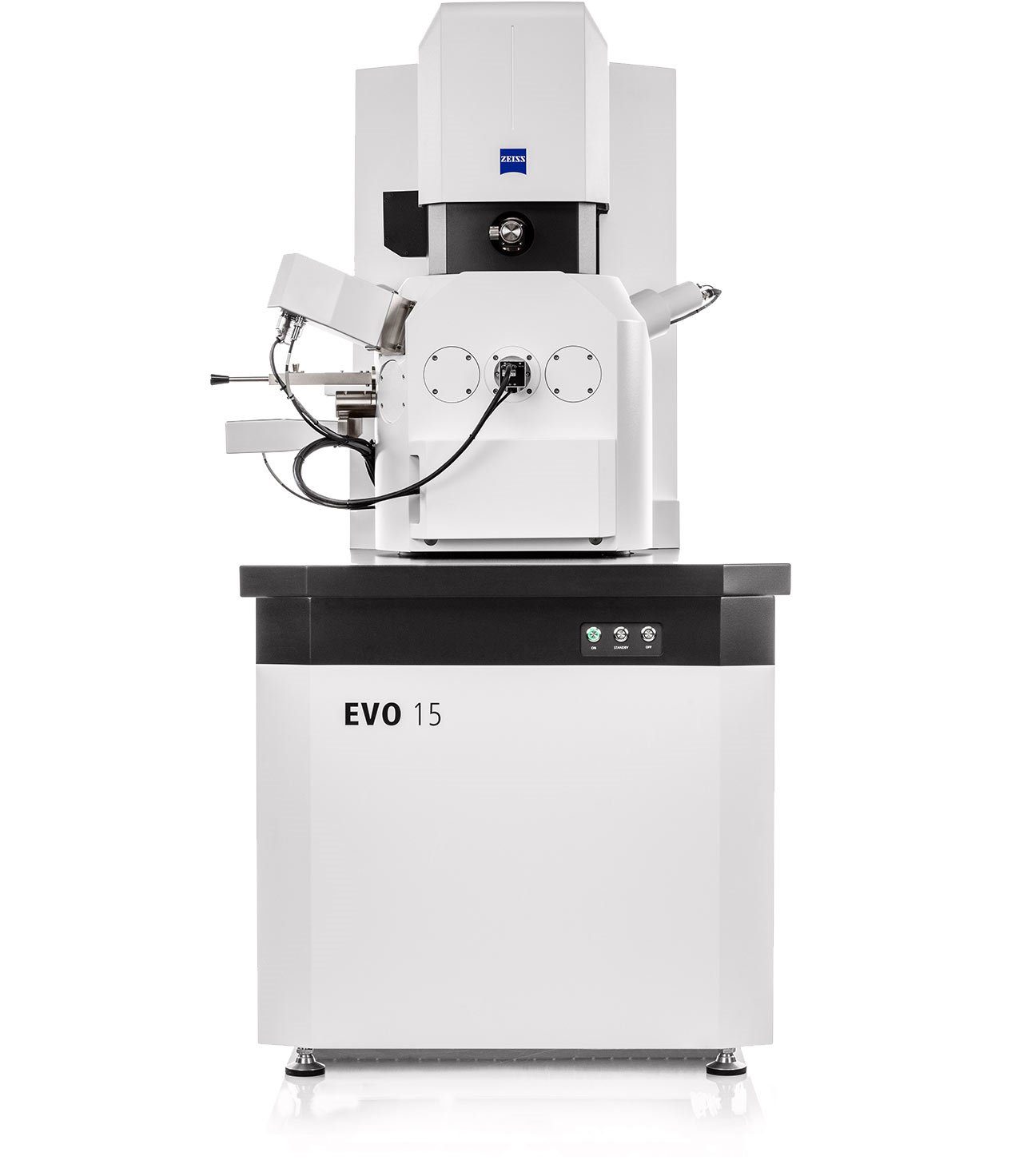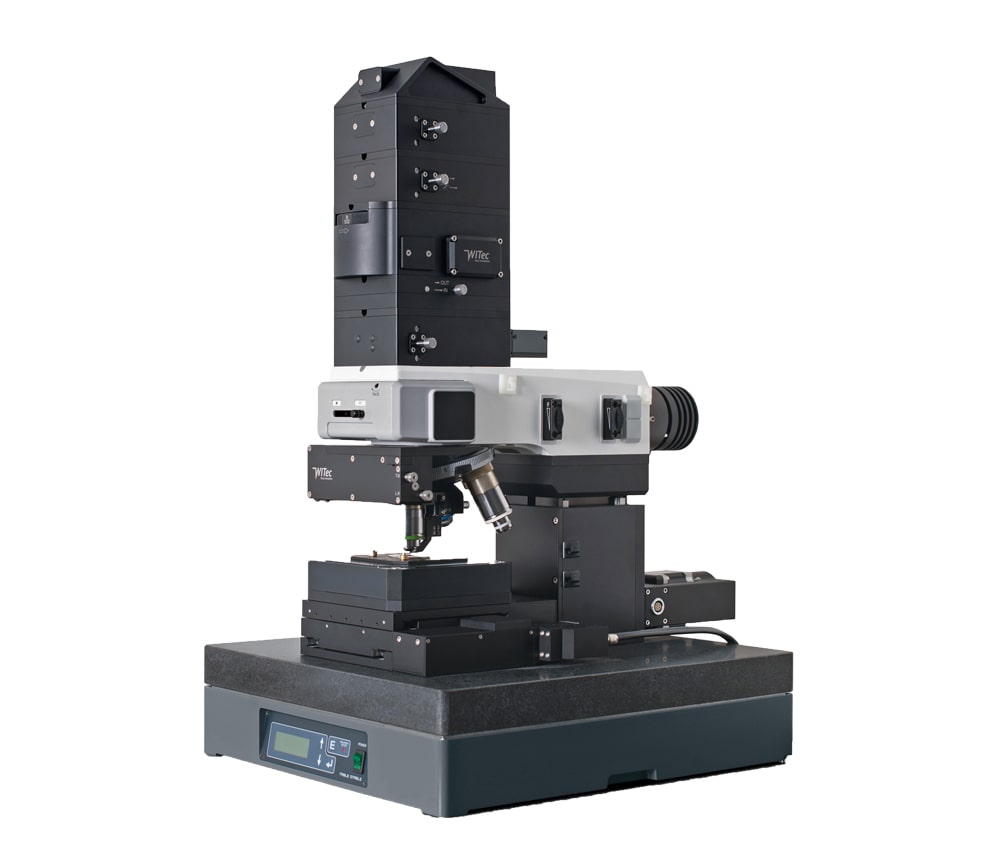Microscopy
The Imaging Unit of the CFH (CFH-IMG) provides research services in the fields of light microscopy, confocal laser scanning microscopy, scanning electron microscopy, Raman microscopy, atomic force microscopy and certain correlative combinations thereof, as well as the development of new analytical methods in the above fields, primarily for members of the University of Hohenheim, but also for external users. The CFH-IMG operates in two modes:
- Service mode: members of the University of Hohenheim request the performance of specific microscopic analyses, which are performed by CFH-IMG staff in close coordination with the requesting researchers.
- User mode: Members of the University of Hohenheim are allowed to perform experiments independently after successful completion of a preparatory safety and equipment training.
